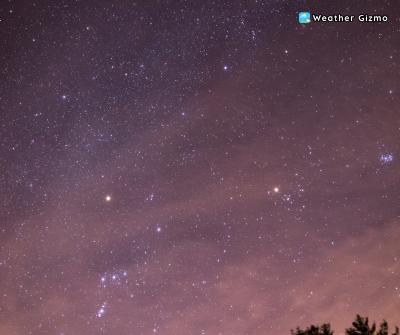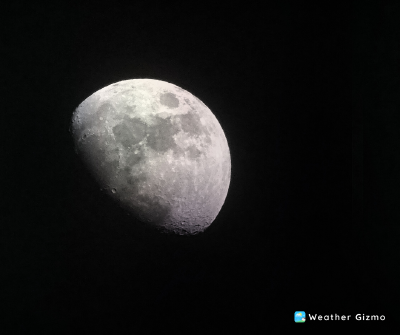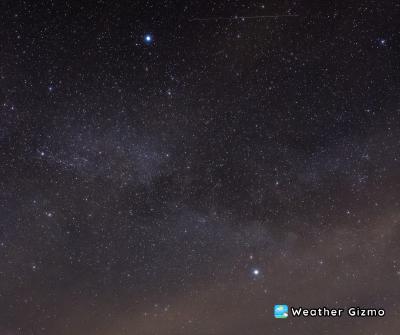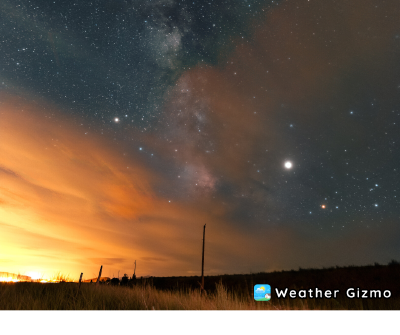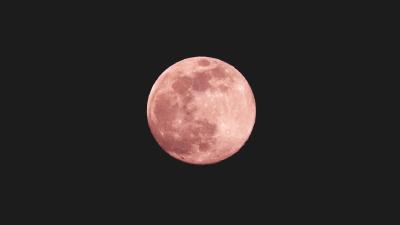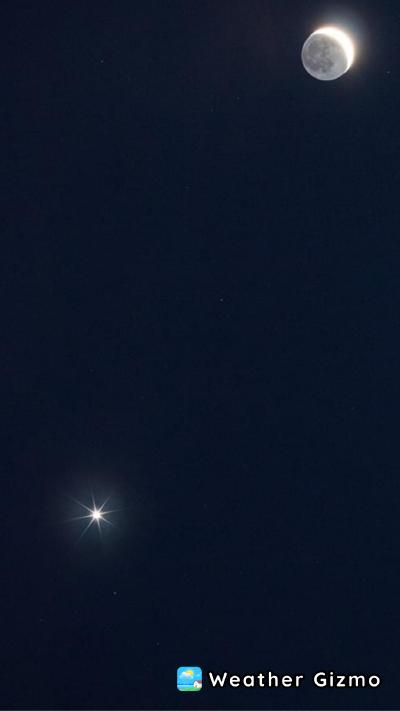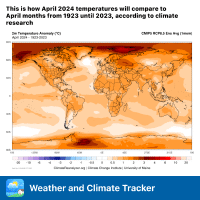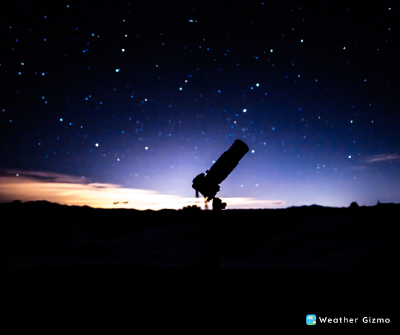
[Sky]
Brightest celestial body of July — Jupiter
This is the planet that will be most interesting and easiest to observe throughout July. It will become the brightest by July 14, when it is in a confrontation with the Sun and is clearly visible in the night sky. If you arrange yourself with binoculars, you will be able not only to have a good look at the disk, but also to see 4 moons of Jupiter.
Read more
